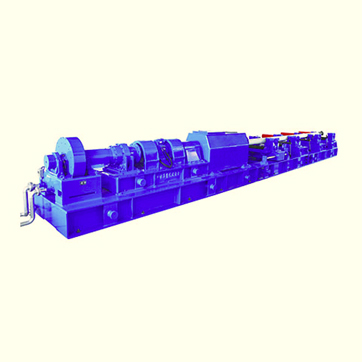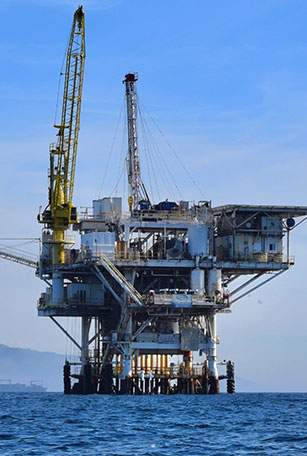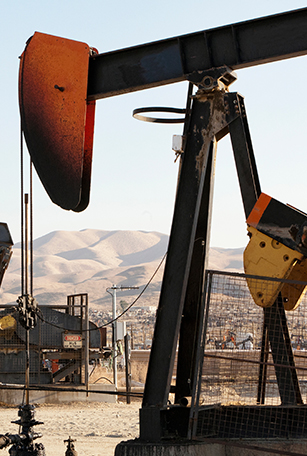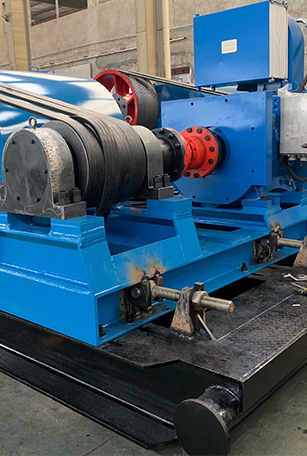
Power System
Drive Unit: Provides hydraulic or electric drive to simulate speed and torque under actual working conditions (e.g., variable-frequency motor or hydraulic power station).
Loading Device: Applies reverse load to the motor via magnetic powder brakes, hydraulic dynamometers, etc., to test its output performance.
Testing Modules
Flow & Pressure Control: Precisely regulates the flow and pressure of drilling fluid (or hydraulic oil) to simulate working parameters at different well depths.
Speed/Torque Sensors: Real-time monitoring of motor output speed, torque, and power.
Temperature Monitoring: Tracks temperature changes in critical components (e.g., motor housing, stator/rotor).
Data Acquisition & Analysis System
Sensor Network: Synchronized multi-parameter acquisition (pressure, flow, temperature, vibration, etc.).
Software Platform: LabVIEW, MATLAB, or dedicated software for data visualization, curve generation (e.g., torque-speed characteristic curves), and report export.
Auxiliary Facilities
Drilling Fluid Circulation System: Simulates downhole conditions, including mud tanks, filtration units, etc.
Safety Protections: Overpressure alarms, emergency shutdown, explosion-proof design (for high-pressure or flammable media).
Performance Testing
No-Load Test: Checks starting torque and minimum starting flow.
Load Test: Measures torque, speed, efficiency, and pressure drop under rated conditions.
Endurance Test: Evaluates wear, sealing performance, and lifespan via prolonged operation.
Dynamic Characteristic Analysis
Step response tests (e.g., sudden load changes).
Vibration and noise spectrum analysis.
Compliance Verification
Meets API standards (e.g., API 7-1) or internal corporate standards.
Pre-Test Checks: Seal integrity verification, sensor calibration.
Parameter Setup: Input flow rate, pressure, load gradient, etc.
Phased Testing: Gradual operation from low to full load with data recording.
Fault Diagnosis: Issues like sudden efficiency drops or abnormal vibrations may indicate stator rubber aging or rotor wear.
Report Generation: Summarizes performance parameters and compares them with design targets.
High-Pressure Sealing: Dual-face mechanical seals or bellows structures.
Stator Rubber Adaptability: High-temperature (>150°C) simulation tests for rubber expansion rate.
Data Synchronization: High sampling rate (≥1 kHz) ensures dynamic data accuracy.
R&D Phase: Motor design optimization (e.g., rotor profile, lead number).
Factory QC: Ensures each motor meets performance benchmarks.
Post-Maintenance Validation: Performance re-testing after overhauls or stator replacements.
0531-69959201
lqg18653457231
+86-18653457231
No 12111,Jingshi Road, Lixia District, Jinan City, Shandong Province. P.R. China

Professional customer service team, professional after-sale services create a comprehensive high-quality, advanced technology, reliable products, which gives you a strong sense of security.

Professionals, professional skills and precision oil and gas equipment insure that we can provide you with professional product customization service.

The best quality products, strict quality control system and good reputations established Saigao product's irreplaceable place.

Superb technical team with continuous technological innovation, closely follow the market's trend help you to create the highest performance products.
 English
English  日本語
日本語  français
français  Español
Español  русский
русский  português
português  العربية
العربية  tiếng việt
tiếng việt  ไทย
ไทย  Polska
Polska  română
română 

